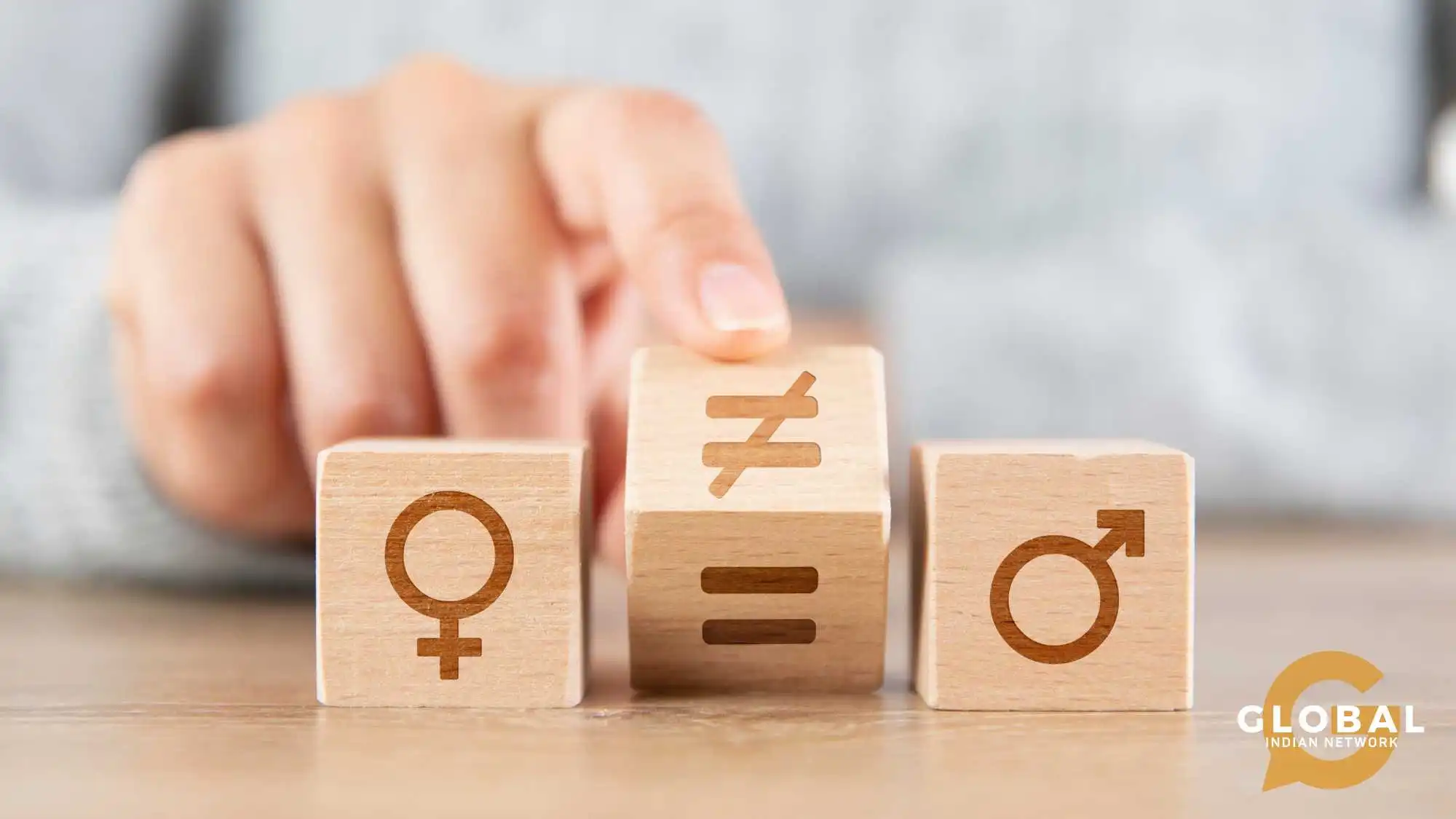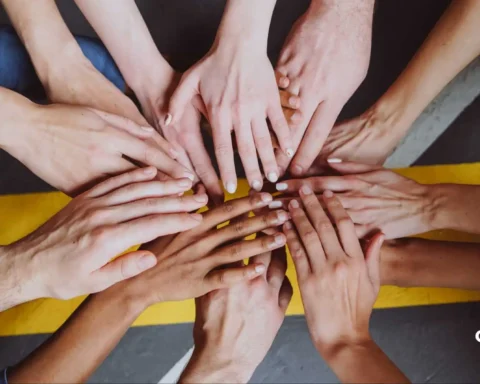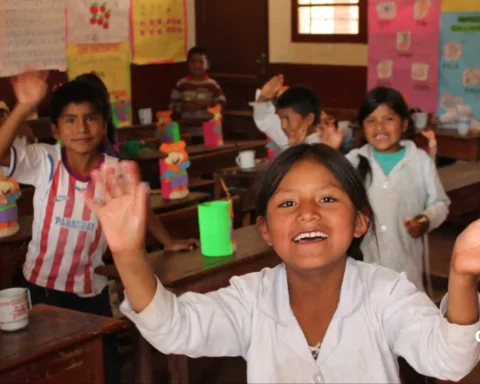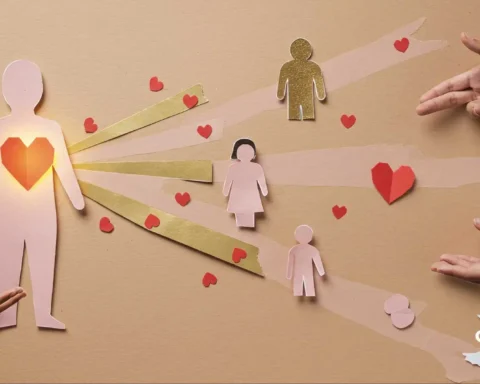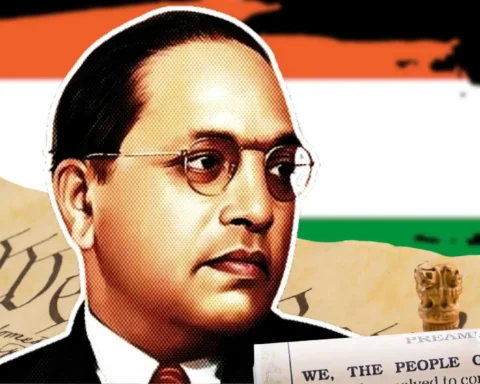Women have been the victims of patriarchal society for ages. In earlier times, women used to silently accept all the harmful gender norms and even the violence against them. But in the modern days, violence against women is accounted as against any social norms. Economic empowerment of women has also led to a positive change in the concept of gender and women in challenging societal norms.

Table of Contents
Exploring Gender and Women in Challenging Societal Norms: A Historical Perspective
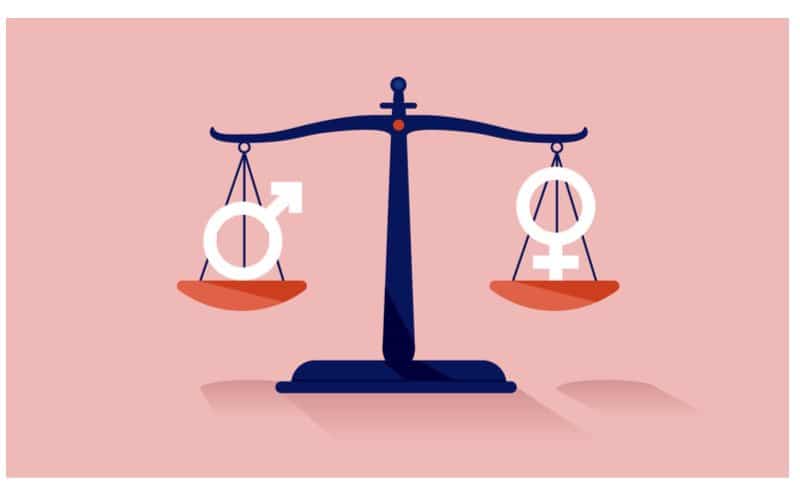
Across countries, social attitudes keep changing towards women, and their role in society also changes. In general, our society has always been challenging and cumbersome for women folk. To explore gender from a historical perspective, we need to look at some of the indicators:
- Agricultural Technology: Agricultural technology has had a long-lasting impact on the evolution of gender roles in society in terms of shifting and plough agriculture. Shifting agriculture involves hand-held tools, which is labour-intensive; ploughing, which is capital-intensive, requires bodily strength, which a woman biologically is incapable of. Therefore, the division of labour accordingly developed, where men were meant to work outside and women to work on the homefront, even when the economy shifted from agriculture to market employment and entrepreneurship.
- Dowry and Bride Price: Dowry is a practice where the bride’s parents give money to the groom, whereas the bride price is the payment given by the groom to the bride’s parents. Ironically, a woman’s value is measured likewise as dowry deaths continue to be prevalent. In the case of a highly educated woman, the bride’s price also increases.
- Family Structures: Societies having strong family ties make a labour division between a man and a woman, focussing on traditional gender roles, whereas when societies have weak family ties, there is gender equality in the workforce.
- Religion: Religion has always been fostering gender inequality, as they determine that men should have a priority for education and earnings over women. Moreover, religious leaders are less sympathetic towards women’s rights.
- Historical Shocks: History has shown that women’s relative incomes can increase or decrease depending upon the emergence or absence of particular economic activities or changes in the population’s sex ratio. For example, wars can permanently affect gender roles in society.

The Intersection of Race, Class, and Identity
Race and class have shaped the identity of women from time immemorial. Therefore, intersectionality helps us to understand how cultural and social roles get intertwined to create a double marginalization or oppression. The history of this race and class is deeply entrenched in painful histories of construction.
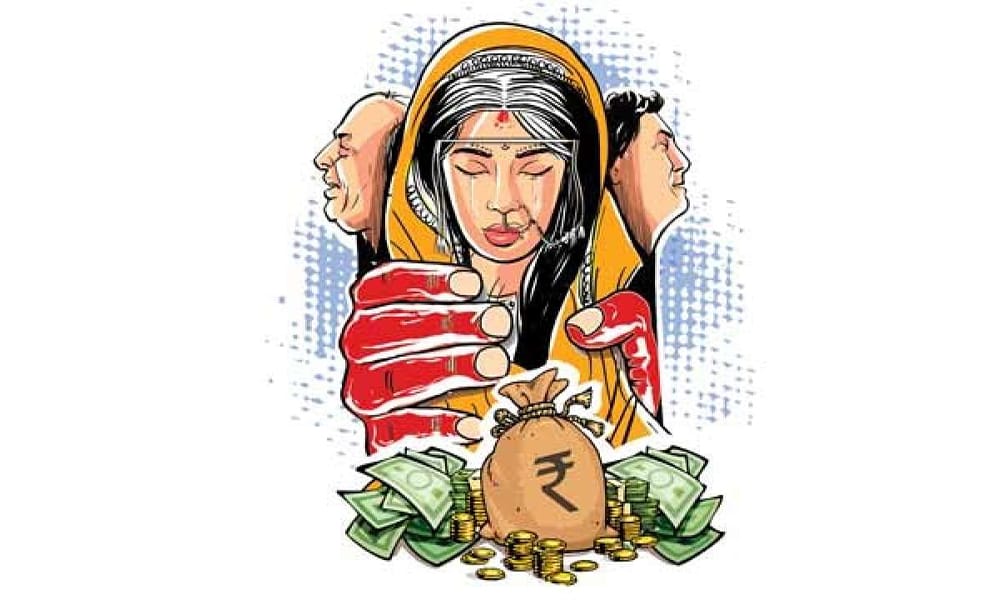
If one focuses on one aspect of identity, that is, race, class, or gender, then the burden of oppression would not be as nuanced as it is in reality. Especially from the Indian perspective, the issue of women’s rights is interconnected with the issues of class, caste, and race. Intersectionality, therefore, plays an important role in the case of gender and women in challenging societal norms.
Gender and Women in Challenging Societal Norms: Analyzing Policy Changes and Their Effects
Certain policy changes show how the situations of women can be used for their betterment. They are:

- Promoting Unity and Upliftment Among Women: Mistrust and a lack of friendship among women lead to enmity and toxic relationships. Women should focus on their career-building and support each other in difficult times of economic empowerment so that they can move forward.
- Self-Reflection and Using Gender-Inclusive Language: One must be careful not to show gender bias toward others through words or actions. Refraining from using statements based on gender stereotypes can reinforce inclusivity and gender equality.
- Addressing the Disproportionate Labor of Unpaid Work: Policymakers need to address the disproportionate work distribution between men and women on the homefront, which is decreasing women’s representation in the outside workspace.
- Change in Attitudes Towards Working Women: Acceptance of working women is also important, as it can influence women’s labor force participation.

Gender and Women in Challenging Societal Norms: How Activism is Reshaping Our World Empowerment Through Education?
Education is the pillar that enables children to break the stereotypes of traditional gender roles. The basic rights of women start with giving adolescent girls access to education. An inclusive and gender-equitable learning space encourages and supports a healthy environment. Teachers should always promote open discussions on gender and identity and try to clear misconceptions, if any.

In India, girls and boys not only see gender inequalities in their homes but also observe them in schools, textbooks and films, which affects the girls more. Therefore, female dropout cases are also higher in Indian schools. Introducing gender-responsive curricula and pedagogy, like encouraging girls to pursue STEM subjects and knowing about gender norms literature, can be a vital step.
Gender and Women in Challenging Societal Norms in the 21st Century
21st-century women dare to challenge societal norms and no longer remain at the whims and fancies of men. They can create their own gender and economic agency through political participation, community involvement, and breaking traditional gender roles.
Women-run networks are also essential for women empowerment. This would not only foster unity among women but also make them realize their realities and needs. Even men also think differently and do not appreciate gender bias. Workplaces of the 21st Century are also becoming gender sensitive.
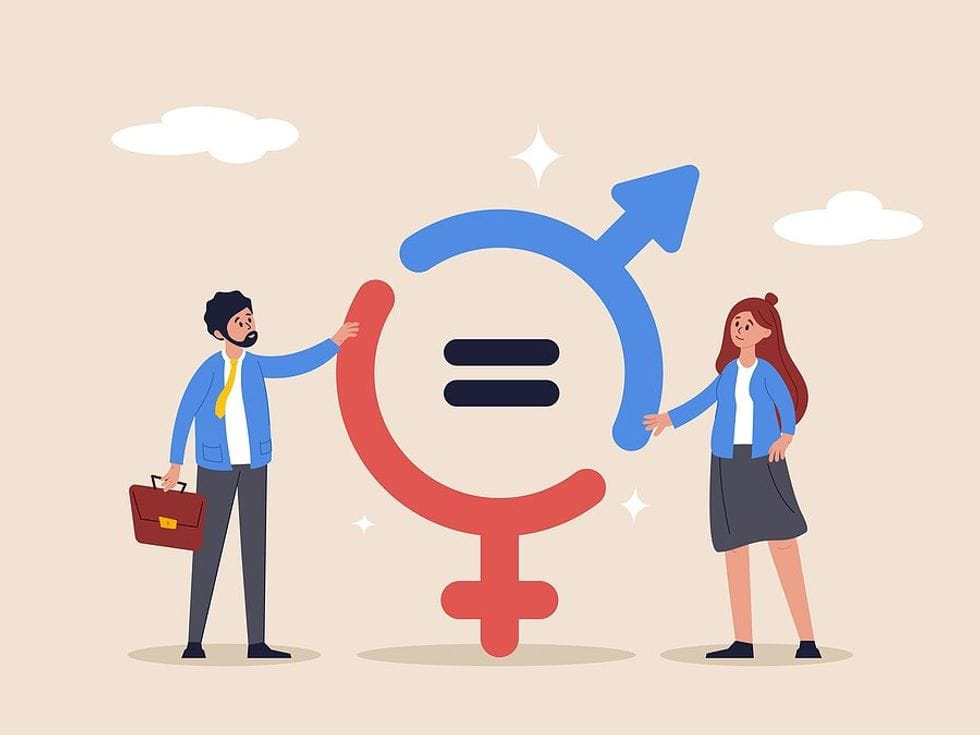
The concept of gender and women challenging societal norms in the modern world has started to make a significant difference in restricting violence against women, changing social norms, understanding women’s reproductive health, and addressing the unpaid care met against women through personal attitudes. Thus, a whole new definition of gender norms needs to be established to foster equality.

The Impact of Social Media and Technology
The impact of social media and technology on gender roles has been both positive and negative. Let us discuss both aspects one by one-
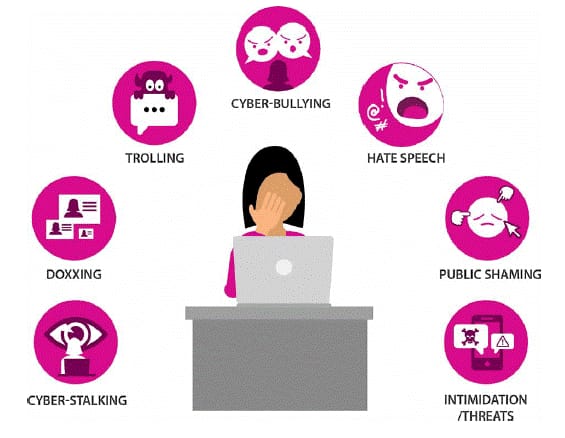
- Positive Aspects: Women use social media to boost other women by sharing their successful journeys and encouraging others to become successful professionals, entrepreneurs, etc. It is a platform of online social forums where women can voice their dissent about gender gaps or restrictive gender norms. Unity among women is fostered through genuine bonds of sharing values, goals, and aspirations. Protests such as the ‘Me Too’ movement play a crucial role in collective action against harmful gender norms.
- Negative Aspects: Social media has induced body shaming, gender-based abuse, technology-facilitated coercive control and misogynistic pornography, leading to sexual violence against women on online platforms. Bodies of women are made targets by women themselves either by comparing themselves with idealized body images or by falling prey to male predators.
Breaking Barriers: Gender and Women in Challenging Societal Norms Across Cultures
According to social norms across cultures, the empowerment of women has been questioned, and individual attitudes have always been biased. The restrictive gender norms varied according to which women’s responses varied. Globally, girls have higher survival rates when compared to India.
For instance, in many old Native American and African tribes, cultures were matriarchal, whereas in Asian and European cultures, patriarchy has been dominant since earlier times. However, women refused and defied all inequitable gender norms.
Take, for instance, India, where powerful female figures have arisen in different fields, like Sarojini Naidu, Kalpana Chawla, Kiran Bedi, Arunima Sinha, and Sudha Murty, to name a few. Starting from Kalpana Chawla’s humble background in Haryana, she successfully became the first Indian woman astronaut, and then she made a groundbreaking achievement as the first IAS officer of Kiran Bedi, who belonged to Punjab. The list is never-ending.
Conclusion
Thus, it can be concluded that the nexus of gender and women in challenging societal norms is very intricately linked. Improvements in women, whether it be their access to employment or their standing as role models in someone’s life, ensure gender equality. By respecting women folk, one would break the wrong stereotypes that differentiate men and women and make this world not only a better place to live but also for both men and women to coexist.

FAQs
What are the Gender Norms for Females in Society?
In society, women are expected to do household chores, care for the child, and look after the family according to traditional gender norms.
How can We Challenge Gender Norms?
We can challenge gender norms through small individual steps, such as caring for and showing respect towards others. However, to bring about huge change, the education curricula and policies must change in favour of both genders.
How is Society affected by Gender Norms?
Society is affected by gender norms because if the gender norms are biased towards one particular gender, then it is an unhealthy and inequitable society.




